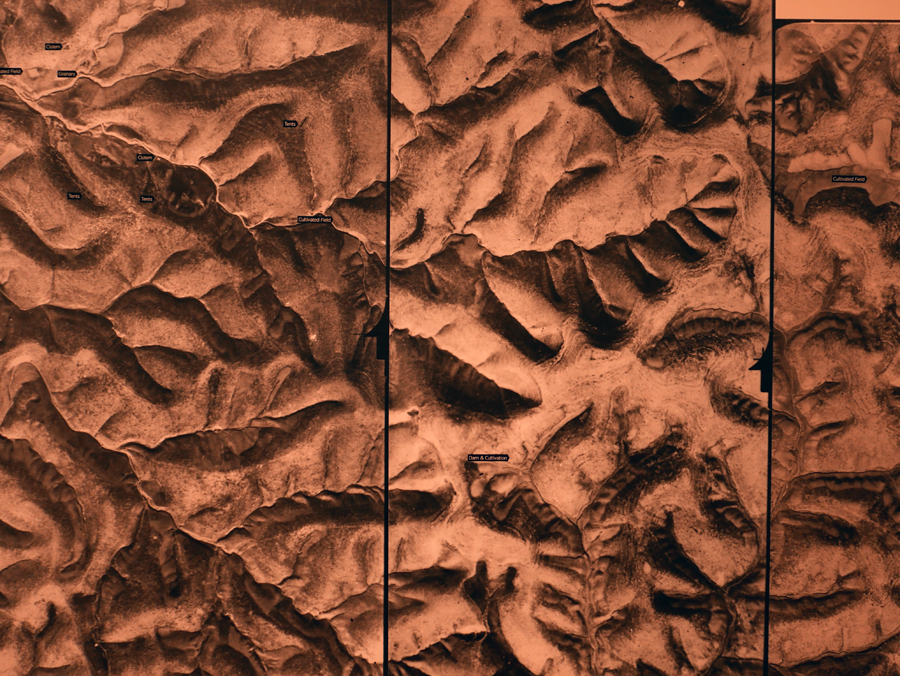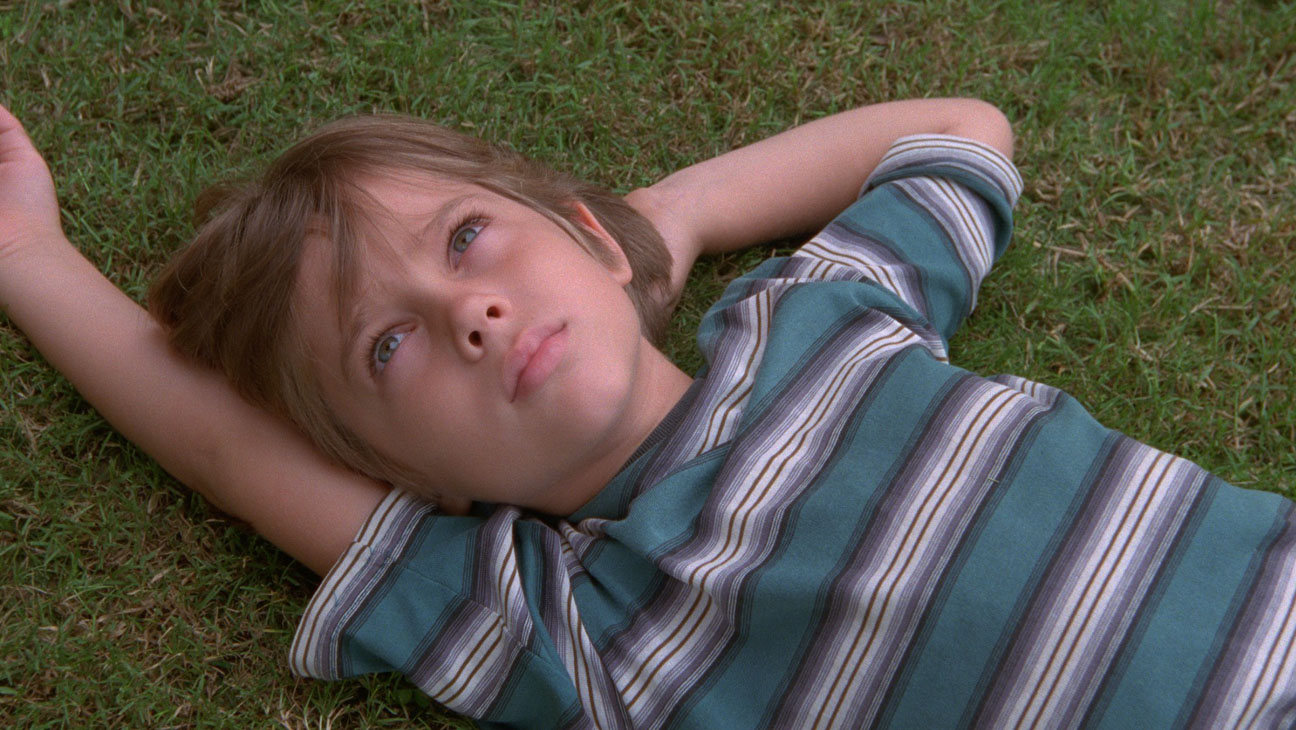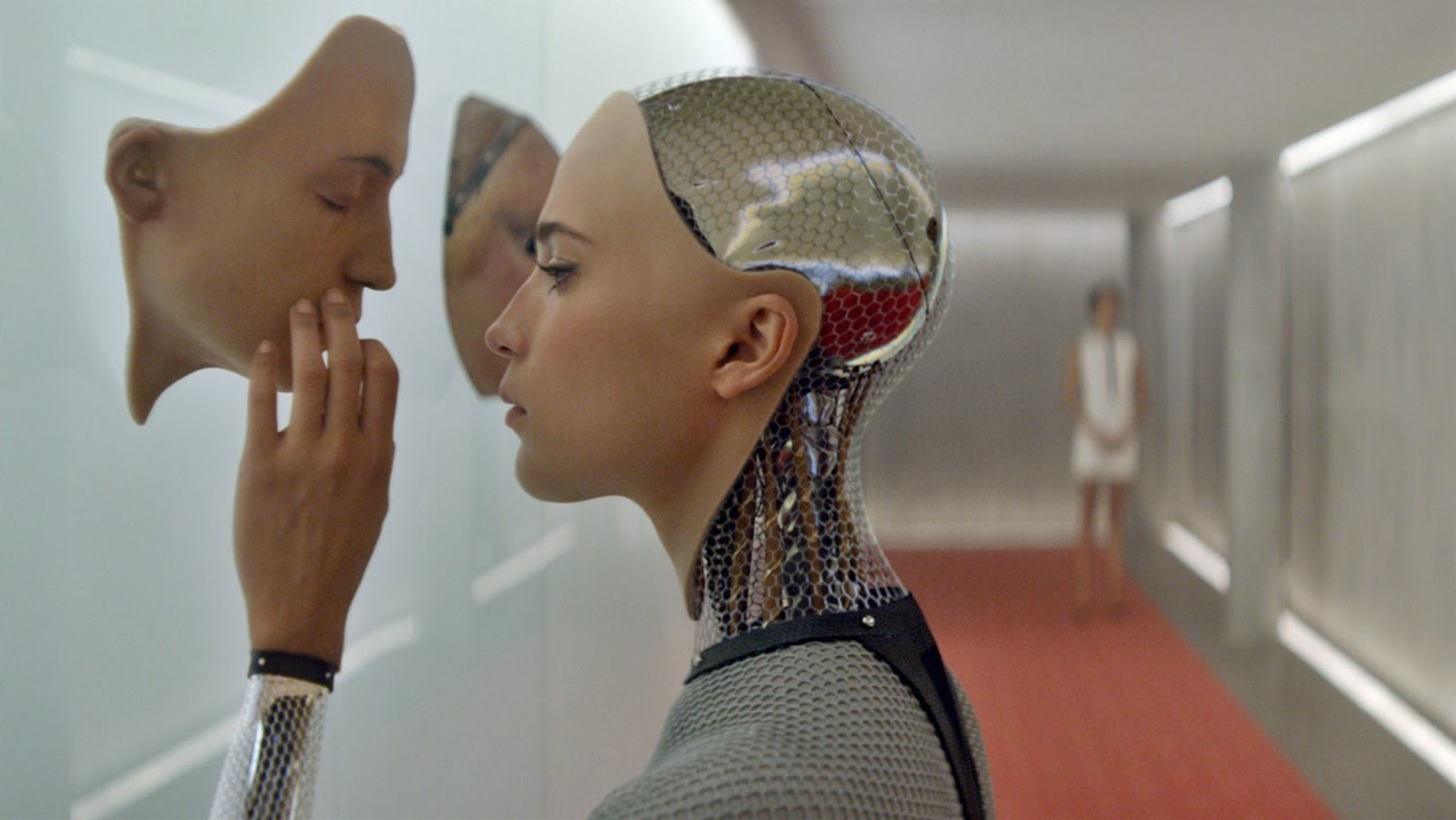Alfonso Cuarón’s film Roma (2018), named after the eponymous neighbourhood of Mexico City, is framed through the experience of a middle class family’s maid Cleo (played by Yalitza Aparicio Martínez). The film evokes an intense sense of time and place from the early 1970s inspired byCuarón’s childhood memories. The set design encompasses specific details such as tile patterns along with the use of black and white photography and rich soundscapes to lend the film an especially poignant atmosphere. The narrative weaves together the emotional turbulence of the main protagonists with wider events such as the Corpus Christi massacre of university students of June 1971. Roma provides a subtle exploration of the intersections between place, politics, and memory, incorporating the claustrophobic drama of a family in crisis, as well as the stark social divisions that underpin modern Mexico. Cuaron’s Roma reminds us why cinema can be both aesthetically and politically compelling.
Tag: Reviews
Truth is out there: Forensic Architecture
“In my understanding,” argues the founder of Forensic Architecture Eyal Weizman, “truth is something that is like a common resource”. “The truth is just like air or water,” continues Weizman, “something that we all need in order to understand, that provides evidence for civil society groups that are confronting state crimes and human rights violations worldwide.” In this brief yet eloquent interview, that accompanies Forensic Architecture’s short listed entry to the 2018 Turner Prize, we gain some fascinating insights into this radical interdisciplinary research programme that Weizman initiated at Goldsmiths over a decade ago. This remarkable body of work brings questions of epistemology and politics into dialogue as part of an unsettling of the human subject within architecture, art history, and related fields.
The work of Weizman and his colleagues provokes a series of critical questions that offer an important alternative to the recent emphasis on neo-vitalist or object-oriented ontologies:
i) An enriched reconceptualization of the human subject can transcend the limitations of humanism as well as the flattening and undifferentiated dimensions to some post-humanist perspectives.
ii) The conceptualization of buildings and also plants as evidentiary markers or sentinels could surely be extended to other organisms such as insects because of their extremely precise responses to environmental change. There is in this sense an interesting parallel with the emergence of “forensic entomology” and the use of biological data in criminal investigations.
iii) The radical use of technological tools, and the democratization of digital cartographies and other modes of representation, opens up new possibilities for articulating technologically enhanced forms of citizenship.
iv) The idea of truth as a collaborative synthesis derived from multiple perspectives, whose modes of scrutiny or validation are transparent, is a welcome foil to more cynical, nihilistic, or post-truth formulations. There is an emphasis on the accountability of science rather than its degree of fallibility or infallibility.
Boyhood
Richard Linklater’s remarkable film Boyhood (2015) took twelve years to make. The film focuses on Mason Evans Jr (played by Ellar Coltrane), who we first meet aged six, along with his sister Samantha (played by the director’s daughter Lorelei), his mother (Patricia Arquette), who is a constant in his life, and his wayward yet loving father (Ethan Hawke). We follow this ensemble of characters and actors in real time from 2002 to 2014, the film being shot for a few days in each year, and then crafted into a cinematic document. With the passage of time the emotional nuances of each scene become magnified through an intense kind of cinematic verisimilitude.
The representation of time is one of the most complex dimensions to cinematic art. The French philosopher Gilles Deleuze even divides the history of cinema into a putative shift from the “movement image” to the “time image” in his idiosyncratic overview of the medium. Though occasional spaces of real-time have been eloquently evoked in the unhurried films of Michelangelo Antonioni, John Cassavetes, and other directors, the brilliance ofBoyhood is to take the question of time in a fundamentally different and exhilarating direction. At one level Boyhood serves as an elaborate documentary experiment that works as both a sociological snapshot of American society but also a dramatic device of poignant emotional intensity. In the final scene we encounter Mason, now an eighteen-year old student on a camping excursion with his new friends from university, and we are taken back to the precise spot, by a lake in the mountains, to which he had gone with his father years ago. The beauty and repetition of this tranquil landscape is startling. Mason wonders whether the familiar refrain that one must seize the moment should really be turned around since it is really the moment after all that seizes our consciousness.
Ex_Machina
In this stylish and intelligent new science fiction drama, directed by Alex Garland, a young computer programmer is sent to an isolated research facility, run by an eccentric recluse named Nathan Batemen (played to terrifying effect by Oscar Isaac), to determine whether his new robotic creation possesses artificial intelligence. The computer programmer Caleb Smith (played by Domhnall Gleeson) encounters an enigmatic female robot called Ava (played by Alicia Vikander), who quickly surpasses the boundaries of the Turing test, revealing what appear to be a range of human feelings including loneliness, vulnerability, and desire. The emerging emotional connection between Smith and Ava, or rather projected onto Smith by Ava as part of an elaborate experiment, begins to unsettle the power relations within the subterranean labyrinth.
There is a touch of Tarkovsky’s Solaris (1972) here in Garland’sEx_Machina (2015) where the power of imagination emerges out of an interface between human and machine and consciousness resides in a tangle of wires and flesh. The film’s spectacular denouement hints at a near future in which Turing’s anticipated avatars stroll among us.



